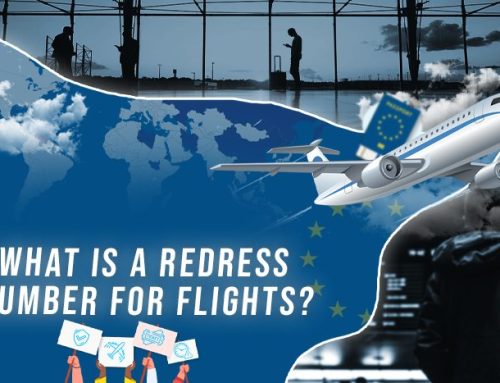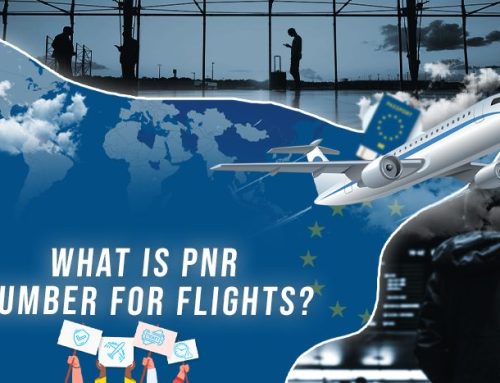It may come as no surprise that air travel is the most common method of traveling a long distance. In fact, flying is the safest method of travel in the entire world. It is fun to imagine what Orville and Wilbur Wright (the inventors of the first airplane) would say about aviation today since their first flight on December 17, 1903. It is because of these two men and their extraordinary dedication to the future that we now are able to go unprecedented lengths to visit unforgettable places. Today, there are over 41,700 airports all over the world according to the Central Intelligence Agency. The United States alone has over 13,000 airports listed with the Central intelligence Agency. Coming in second is the country of Brazil with a little over 4,000 airports and from there the numbers drop drastically per country. Within this list of countries and the amount of airports comes the question of whether or not all of these airports are for commercial purposes? And if they’re not all for commercial purposes what are they for?
Key Takeaways
- There are over 41,700 airports around the world, with the United States having the most with over 13,000 airports listed.
- Airports serve a variety of purposes, including commercial service, cargo service, and general aviation. They are also categorized by their size and number of passengers served.
- Regional and local airports play an important role in promoting local economies and providing access to national and international markets for communities.
Different Types Of Airports

According to the Federal Aviation Administration there are several different categories for airport activities as well as the different types of airports. The same organization states that there are over 14,000 private use airports with 5,000 that are open to use. These different categories for airport activities are categorized as the following: commercial service, large hub, small hub, medium hub, non-hub, non-primary commercial service, reliever, and general aviation. Commercial service categories are those that are “publicly owned airports with at least 2500 annual implements and scheduled air carrier services”. They categorize these services by the amount of passengers that are received onto them every year. For example, small hubs can receive a half of a percent to a quarter of a percent of enplanement each year. Whereas, a large hub is going to receive 1% or more passengers annually. When we think of airports we think of travelers going from one place to another, however, there is also something called a cargo service airport. These airports carry only cargo and are measured by landing wait. So next time you get that box on your front porch think about how it got there in the first place.
To further expand on the various categories of airports, the Federal Aviation Administration has different airports labeled as non-primary. Consequently, within general aviation they are categorized into five different subcategories. These five subcategories are as follows: national, regional, local, basic, and unclassified. While the non-primary airports may not seem as important as ones that service the big-name airliners, they serve an important purpose in “…providing communities access to national and international markets in multiple states…” Regional and local airports are vastly important for the same reasons but are categorized as such because a population in the area in which they exist.
On a different note, the FAA has listed some of the airports with the most enplanements in the United States. Number one on the list is the Jackson Atlanta International Airport which saw 53,505,795 enplanements in the year of 2019. The second largest count of enplanements was at Los Angeles International Airport, which boarded 42, 939,104 passengers. Third on the list was the Chicago O’Hare international Airport which boarded 40,871,223 passengers. These particular airports are listed as large hubs within the Federal Aviation Administration. On the smaller side, Regional type airports would exist for the purpose of travel for business and leisure to help promote local economy. A good example of this type of airport would exist in Northwest Arkansas, also known as the home of Wal-Mart. Within the same report, Bentonville Arkansas boarded 891,237 passengers in the year of 2019. Various airport hangers exist around this beautiful area that connects consumers and products together with the use of aviation. The classification of these various airports allow for further national safety and awareness of the amount of people coming through these airports on a regular basis.
Conclusion
Overall it comes to no surprise that the federal government has placed so much importance and emphasis on the classification and distinction of airports all across the United States. Various countries across the world have done similar classifications to better serve the people of their country. These 41,708 airports are the heart and life blood for all of us all around the world. Airports are our connections to various cultures and communities allowing people access to goods and places but they might have never had before.
Frequently Asked Questions
-
How many airports are there in the world?
According to the Central Intelligence Agency, there are over 41,700 airports all over the world.
-
Which country has the most airports?
The United States has the most airports in any country, with over 13,000 airports listed with the Central Intelligence Agency.
-
What are the different types of airports?
The Federal Aviation Administration categorizes airports into several categories, including commercial service, cargo service, reliever, and general aviation.
-
What is the difference between a commercial service airport and a cargo service airport?
Commercial service airports are publicly owned airports with at least 2500 annual implements and scheduled air carrier services, whereas cargo service airports carry only cargo and are measured by landing weight.
-
Why are regional and local airports important?
Regional and local airports are important because they provide access to national and international markets for communities, and can help promote local economies.
-
What is the largest airport in the United States?
The Jackson Atlanta International Airport is currently the largest airport in the United States, with 53,505,795 enplanements in the year 2019.







